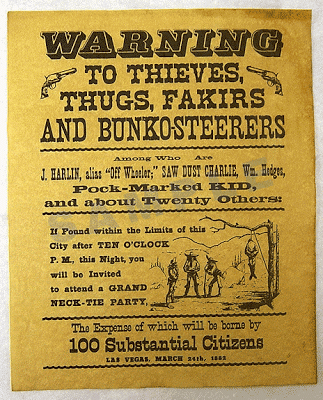If your name
was Louis L'Amour and you wrote about men tougher than nails, would you adopt a
penname? Frederick Faust used Max Brand to publish his rough and tumble
Westerns. Of course, that was partly because Faust was a Teutonic name, and the
Great War had made Germans unpopular.
Saul David, editorial
director of Bantam Books, told Donald Jackson a story he included in a Smithsonian Magazine article. "That
was the heyday of the paperback Western. We had lost Luke Short, our Western
Star, and I was in California looking for a new one. I got a call - the word
was out that I was in town - and a voice said, 'This is Louis L'Amour, you've
never heard of me but I want to see you right now.' He came up with an
envelope, made a pitch and told me to read his samples. He said he was going to
be the next great Western writer and we'd do well to take him on. I read it
while he waited. It was Hondo, and it
knocked me out. I signed him to a long-term contract on the spot … David's boss
in New York had doubts about their new author's name - L'Amour on a paperback
sounded like ‘a Western written in lipstick,’ he said - but no one had grit enough
to ask him to change it, ‘I didn't want to get punched out,’ David explains.”
At the time
David met L’Amour (1908-1988), he was nearly fifty. He had mellowed a bit in
middle age, but could still throw a hefty punch. For almost his entire life he
would spend over an hour each day lifting weights, skipping rope, and punching
a bag.
It might
seem that L’Amour started late in the writing field, but that would be incorrect
for two reason. First, he wrote for the pulps before WWII. (He took an extended
hiatus during his enlistment.) After the
war, he sold at least one story per week prior to the film Hondo. There is a legend that John Wayne made L’Amour’s career when
he bought the theatrical rights to a short story that became Hondo. Wayne also endorsed of the later novel
as the best Western he had ever read. The Duke certainly gave L’Amour a big
boost, but L’Amour was making a decent living from writing prior to Hondo. He had already sold several novels
to paperback publishers and had sold several other projects for movies and TV.
The second
reason would be research. He spent his early years living the life he would
later write about. During his upbringing in North Dakota, his father’s
veterinary practice and his other relatives exposed him to ranching and genuine cowboys. As a youth, L’Amour
traveled the world as an itinerate worker. He hoboed, skinned cattle, baled hay,
worked in mines, saw mills and lumber yards, circled the globe as a merchant
seaman, and boxed all over the globe for money. He went out of his way to meet lawmen
and outlaws. He traveled everywhere, noticed everything, and read constantly.
He bragged that from 1928 until 1942 he read three books a week. By the time he
met David, his life experiences and pulp writing had thoroughly prepared him to be a novelist.

Louis
L'Amour wrote over one hundred books, of which more than 30 have been made into
movies. He was extremely prolific and once signed a thirty book contract with
Bantam. His books have been translated into over fifteen languages. A few days
before he passed away, L’Amour was notified that sales of his books had topped
two million. Today, that number is well in excess of three million. None
of his titles have ever been out of print.
He loved
writing and storytelling. He said, "I can transport myself to another time
and place and put myself there."
Critics panned his dialogue and
one-dimensional characters, but praised his pacing and historical accuracy. L'Amour
dismissed their criticism. "If you write about a bygone period east of the
Mississippi River, it's a historical novel. If it's west of the Mississippi
it's a Western." He added, "I don't give a damn what anyone else
thinks, I know it's literature and I know it will be read 100 years from
now."
Twenty-five years after his death, his prediction looks accurate.



.jpg)


.jpg)













.jpg)



